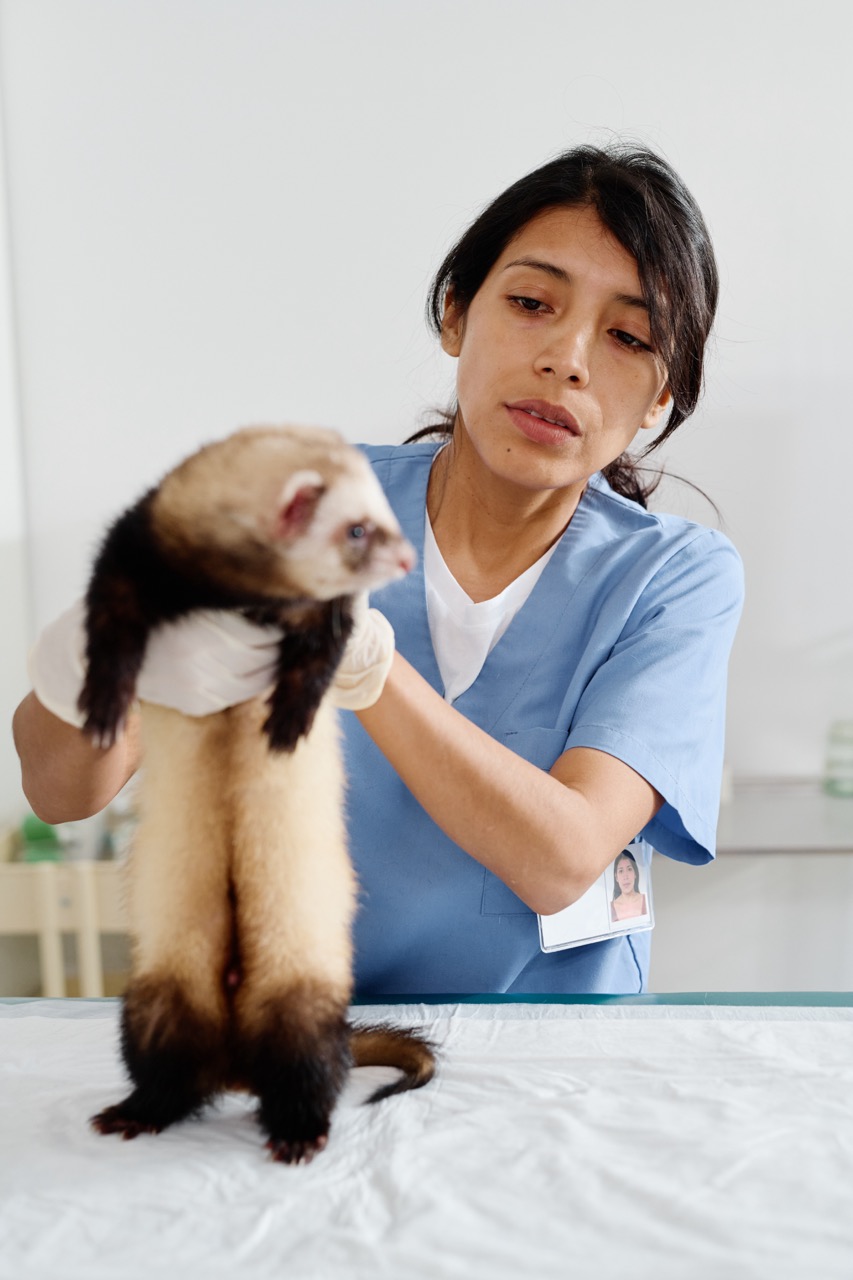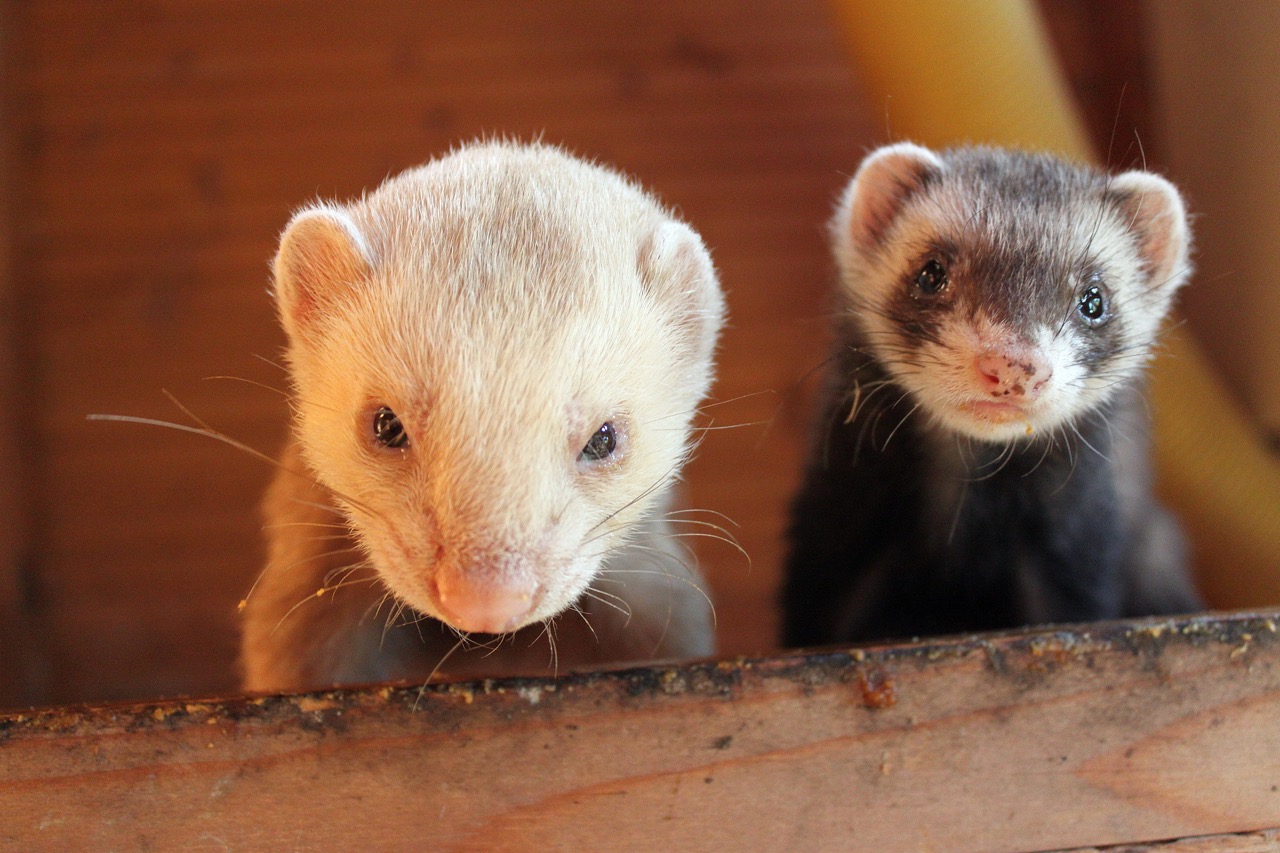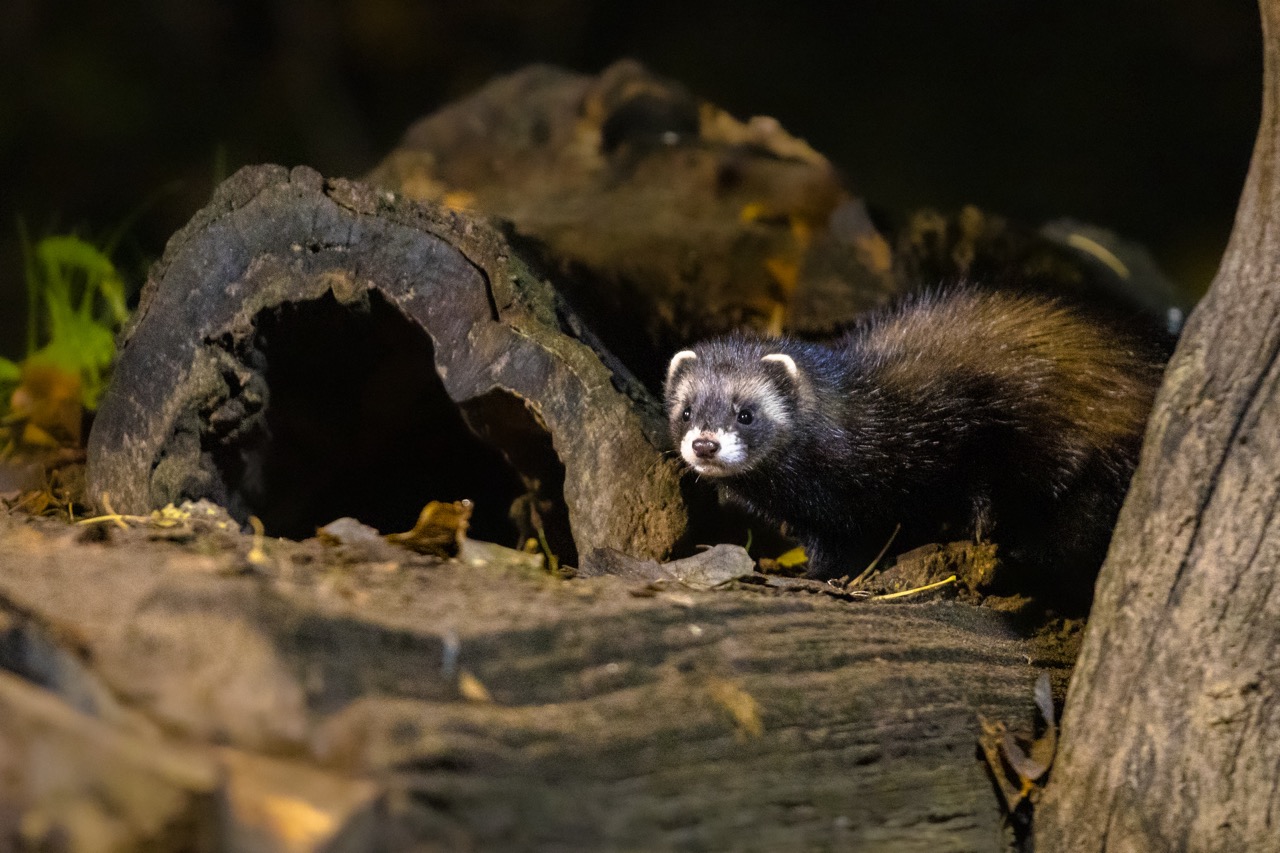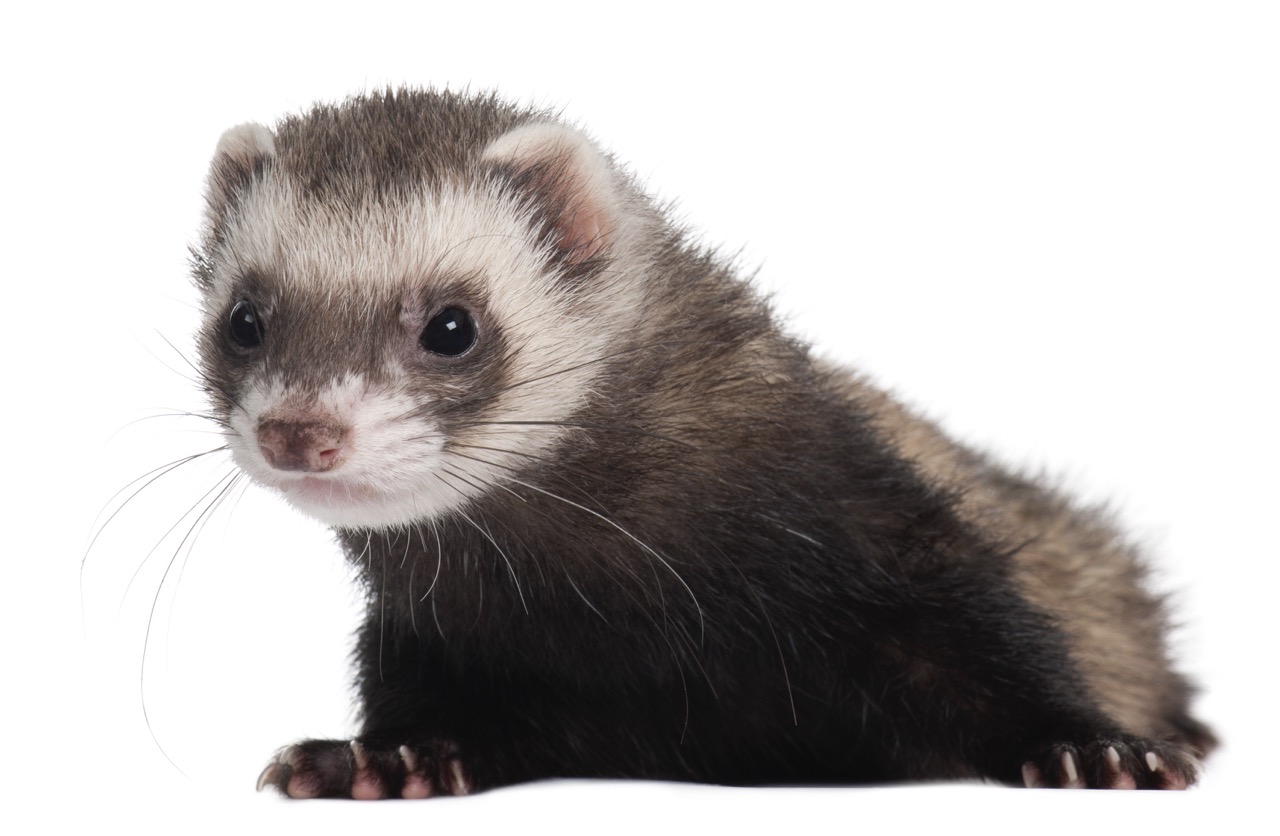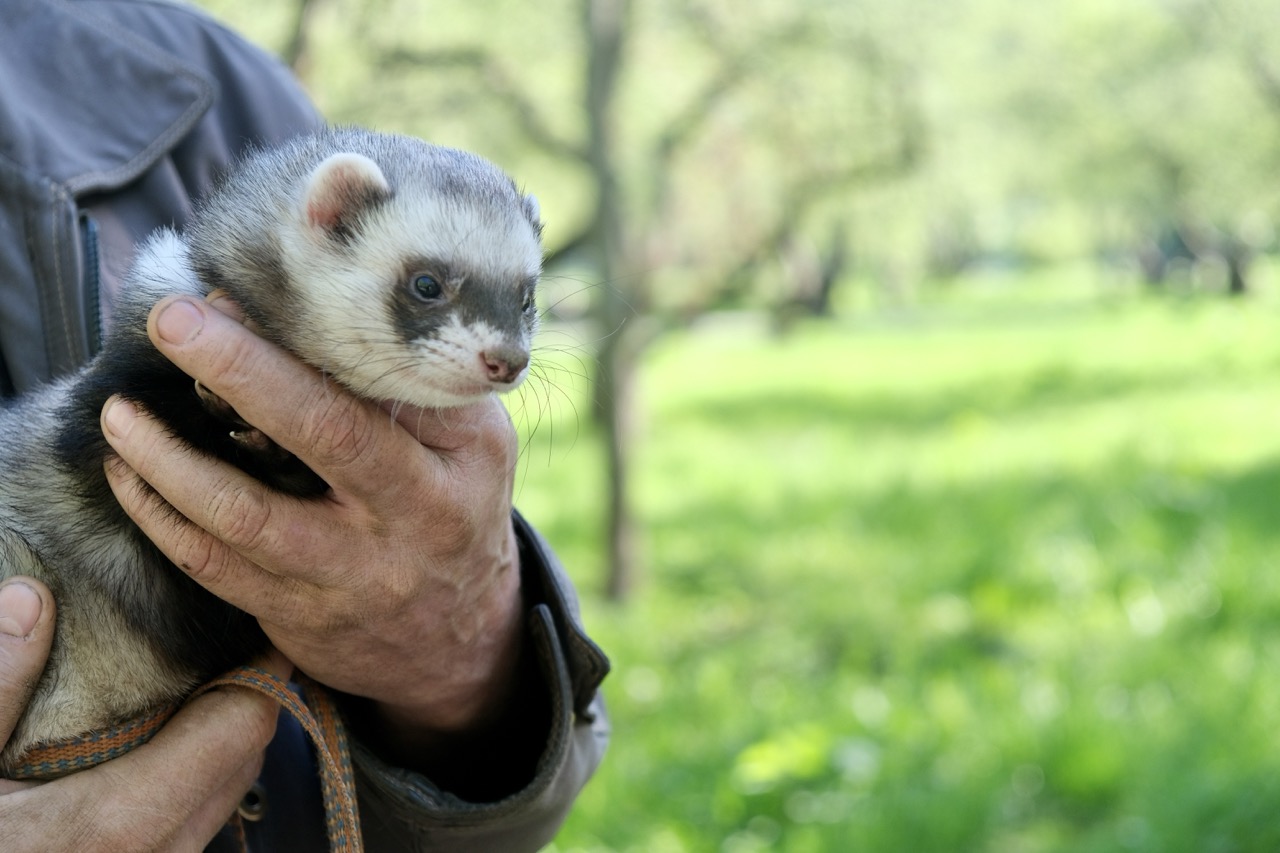Ferrets are playful and curious creatures that thrive in environments where they can explore and interact. However, if you also have other pets, it is crucial to ensure the safety of your ferret by taking adequate precautions. Other animals may not understand a ferret’s playful or sometimes aggressive behavior, which can lead to unfortunate encounters. This article will guide you through understanding the risks involved, selecting the right cage, creating a secure environment, and employing effective supervision strategies to keep your ferret safe from other pets.
Understanding the Risks: Other Pets and Your Ferret’s Safety
Ferrets are small, agile animals, often weighing between 1 to 3 pounds. Their size and playful demeanor can make them vulnerable to larger pets, such as dogs and cats, which may see them as prey. Even friendly pets may unintentionally harm a ferret during play, leading to serious injuries. It’s essential to recognize that not all pets will react positively to a ferret’s presence, and some may view them as intruders in their territory.
Additionally, ferrets are social animals that benefit from interaction, but this can also put them at risk. Many pets possess instinctive behaviors that can lead to aggression. For example, a dog may feel threatened by a ferret’s darting movements, prompting chase behavior. Similarly, cats may exhibit predatory instincts, regardless of their socialization. Thus, understanding these risks is the first step in safeguarding your ferret from potential harm.
Finally, even if your other pets have been introduced to your ferret safely, changes in behavior or mood can create new risks. An injury, illness, or new pet can alter established dynamics, leading to unforeseen threats. Consequently, continual assessment of your pets’ interactions is vital in maintaining a safe space for your ferret, ensuring their well-being as they coexist with other animals.
Choosing the Right Cage: Design Features for Safety
Selecting a cage that prioritizes safety is crucial for protecting your ferret from other pets. Look for cages that are constructed from sturdy materials, such as metal, that can withstand the potential curiosity or aggression of other animals. Avoid plastic cages, as they may not provide the required durability against larger pets that might scratch or bite at them. The design should also incorporate a secure locking mechanism to prevent accidental openings.
Moreover, the layout of the cage should include multiple levels and hiding spots that allow your ferret to retreat if they feel threatened. Shelves, tunnels, and hammocks can provide vertical space and enrichment, keeping your pet entertained while also offering them places to hide away. Ensure that there are no sharp edges or protruding wires that could injure your ferret, as their inquisitive nature often leads them to explore every nook and cranny of their environment.
Lastly, it is advisable to position the cage in a location that minimizes interactions with other pets. Elevated spaces, such as on a high table or shelf, can deter other animals from accessing the cage. However, be mindful of the fact that ferrets are excellent climbers; thus, a cage with a solid base and high walls will provide the best protection. Choosing a cage with these safety features will provide a secure haven for your ferret, allowing them to thrive in their environment.
Creating a Secure Environment: Tips for Pet Interactions
Beyond selecting the right cage, creating a secure environment is essential for your ferret’s safety. Start by establishing designated zones in your home where each pet has its space. This helps minimize the chances of unintentional encounters and allows your ferret to explore safely in an area free from other animals. Consider using baby gates or pet barriers to restrict access to certain rooms, ensuring your ferret can roam without fear of being disturbed.
In addition to spatial separation, it is crucial to supervise interactions between your ferret and other pets, especially during initial introductions. Monitor their behavior closely and be prepared to intervene if either animal displays signs of stress or aggression. This supervision can help you gauge how well your ferret interacts with your other pets, allowing you to make informed decisions about future interactions.
Lastly, provide enrichment activities that cater to your ferret’s needs while keeping them engaged during the times they are not interacting with other pets. Toys, tunnels, and puzzle feeders can keep your ferret entertained and mentally stimulated, reducing the likelihood of them feeling lonely or anxious. By understanding the dynamics between your pets and implementing these tips, you can create a secure environment that promotes harmony in your multi-pet household.
Supervision Strategies: Keeping Your Ferret Safe at Home
To ensure your ferret’s safety, consistent supervision is integral, especially when other pets are present. One effective strategy is to establish a routine that designates specific times for your ferret to be out of their cage and supervised. During these times, keep other pets in a separate room or contained area to prevent any potential accidents. Consistent routines help your ferret understand when it is safe to explore and play freely.
In addition to creating a schedule, consider utilizing pet monitoring technology. Cameras can help you keep an eye on your ferret, allowing you to observe their activities without being physically present. This is especially useful for multi-pet homes where you may not always be able to supervise directly. Many modern cameras offer real-time alerts, providing peace of mind and allowing you to intervene if necessary.
Finally, remember that training your pets can significantly improve interactions and minimize risks. Teaching your dog commands like "leave it" or "stay" can help manage their behavior around the ferret. Similarly, if you have a cat, creating a positive association with your ferret through gradual introductions can help reduce any predatory instincts. Implementing these supervision strategies will go a long way in ensuring your ferret’s safety and well-being in a home with multiple pets.
Keeping your ferret safe in a household with other pets requires a proactive approach that includes understanding the risks, choosing the right cage, creating a secure environment, and implementing effective supervision strategies. By prioritizing your ferret’s safety, you can foster a harmonious atmosphere where all your pets can thrive. With careful planning and attentive management, you can enjoy the joys of being a multi-pet household while ensuring that your ferret remains happy and secure.






